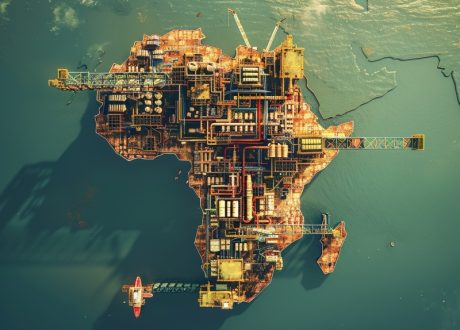
Report highlights 2 Egyptian projects among major clean energy ventures in N.Africa
A report by Energy Capital & Power highlighted two Egyptian projects – Suez Wind Power ...

The World Economic Forum (WEF) highlighted the Long Duration Energy Storage (LDES) could be the solution to limitations of renewable energy and help provide reliable and affordable energy.
Governments and corporations alike have set aggressive sustainability goals that they must hit over the next decade to reduce the effects of climate change. As such, there has been significant investment in the energy transition to renewable sources.
But reliance on renewable generation alone is an incomplete solution for grid-supplied energy.
LDES systems integrate with renewable generation sites and can store energy for over 10 hours. e-Zinc’s battery is one example of a 12–100-hour duration solution, with capabilities including recapturing curtailed energy for time shifting, providing resilience when the grid goes down and addressing extended periods of peak demand to replace traditional peaking power plants and transmission and distribution infrastructure.
To understand how LDES can transform energy grids, it’s important to understand what the problem of energy storage looks like in practice.
“Curtailment creates waste today, but is also a significant opportunity if we can conserve that energy for when we need it. The New York Independent System Operator, which monitors the reliability of the state’s power system and coordinates the daily operations to distribute electricity supply, saw 64 GWh of wind generated energy curtailed, wasted, in 2021. This is equivalent to powering 12,000 homes for an entire year. Meanwhile in California, the issue is magnitudes larger — 1.9 TWh of solar generated energy was curtailed in 2022; the equivalent of powering 200,000 homes for an entire year. The Southwest Power Pool, a considerably smaller market for renewable buildout, curtailed 7% of all wind generated energy (9 GWh) in 2022,” according to the WEF.
An LDES solution would have captured the excess energy generated during these otherwise curtailed periods, and shifted it to times of greater need — periods of intermittency, grid shut offs or periods of peak demand, for example to replace peaking power plants and transmission and distribution infrastructure.
The international community is making significant progress toward hitting its ambitious climate targets, particularly when it comes to investment in renewable energy. To take this progress a step further, LDES development and integration is essential. Unlocking a more sustainable and healthy future for communities, and providing reliable and affordable energy, is the ultimate goal — LDES is the key.
A report by Energy Capital & Power highlighted two Egyptian projects – Suez Wind Power ...
The opening concert of the Annual Meeting 2025 in Davos-Klosters will address the pressing issues ...
Juhayna Food Industries proudly announced that its agricultural arm, El Enmaa for Agricultural Development, has ...


اترك تعليقا